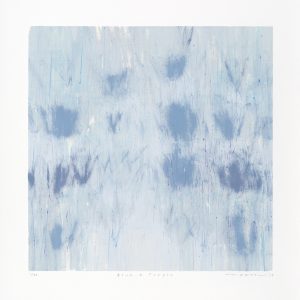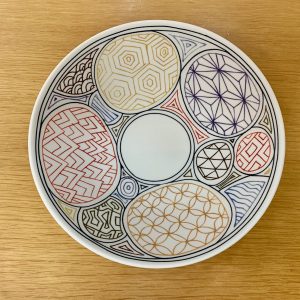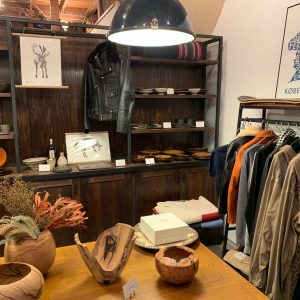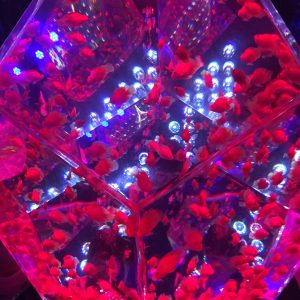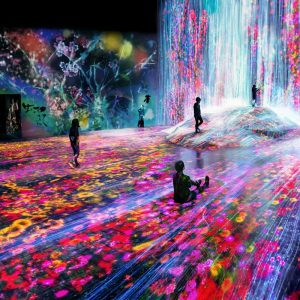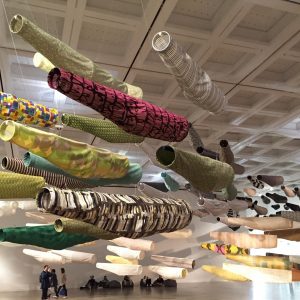Tokyo takes art to the wall
On a side street just off the main shopping arcade in Koenji, a residential neighborhood west of central Tokyo, a giant eagle spreads its wings over lush trees and a sparkling stream. The larger-than-life eagle, in a soft shade of pink, is the centerpiece of a massive mural that covers the side wall of a privately-owned five story building. Painted by WHOLE9, a two-person artist unit based in Osaka, the mural, titled “SYNC,” depicts the people of Koenji in the… Read more »




